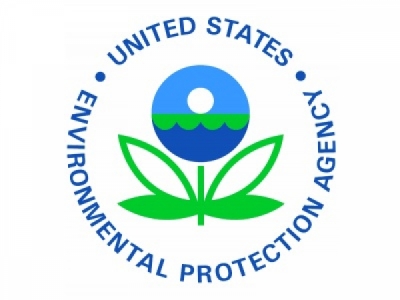
Posted on May 20, 2019
The Environmental Protection Agency fell for now to create General Electric restart dredging in the Hudson River, triggering a wave of condemnation Thursday from New York officials and environmentalists who say amounts from the industrial pollution stay too large.
The EPA issued GE with a certificate stating that it has completed its curative action. Critics of this cleanup needed the EPA to withhold the certificate and to demand additional dredging. EPA Regional Administrator Peter Lopez said more time and testing are required to fully assess the 1.7 billion cleanup that GE has completed, and he also worried that the corporation may still be compelled in the coming decades to perform more work, such as extra dredging.
“GE is not off the hook,” Lopez told reporters during a conference call. “If new information comes from that induces EPA to conclude that more work is necessary to safeguard public health and the environment, we could and will require GE to take that act “
They claim levels of the contaminating polychlorinated biphenyls, or PCBs, remain high at the river sediment and in fish. Two groups lobbying for extra dredging, scenic Hudson and Riverkeeper, stated they’d support litigation.
“Since the EPA has failed to hold GE accountable for fulfilling its obligation to restore the river, the New York country will require any action necessary to protect our waterways which involves inducing the EPA to require a full and complete remediation,’” Cuomo said in a written news release.
Cuomo accused the Republican Trump Administration of placing corporations’ interests before the environment and public health. EPA officials said their choice was directed by Superfund science and law.
The EPA said in an”five-year review” of the river published Friday that there is not sufficient testing data on fish, water and sediment yet to learn whether the cleanup will likely succeed in its aim of protecting human health and the environment. Lopez reported that will take more time before a decision could be reached, and observation.
The analysis found some signs of progress in removing contaminated sediment, although it found three areas with marginally elevated levels of PCBs in the river.
Until the mid-1970s, GE factories discharged more than 1 million pounds (450,000 kilograms) of PCBs to the lake.
GE said the decision of that the EPA confirms the success of the undertaking.
“GE will continue to gather ecological data to assess ongoing improvements in river states and to work closely with EPA, New York State, and local communities around other Hudson environmental projects,” the company said in a written statement.
Source: bharatapress.com





